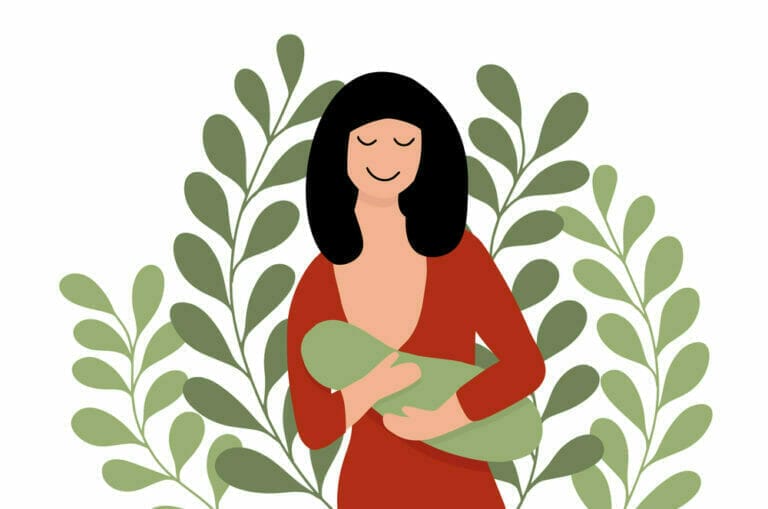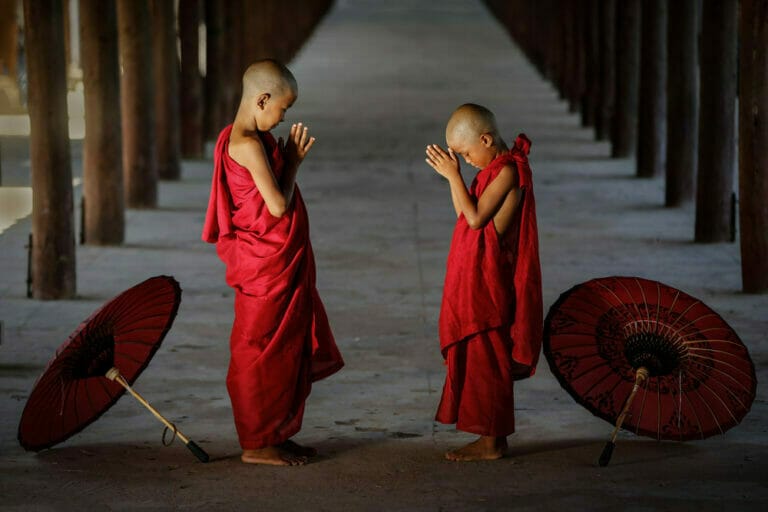When Do Buddhists Go to Temple? A Detailed Guide
In this blog post, we will discuss the practices and routines of Buddhist followers in relation to temple attendance and prayer.
Specifically, we will explore the following questions: What day do Buddhists typically go to the temple? How do Buddhist followers schedule their time? And, do they follow a specific routine when praying?
Buddhism encourages followers to use the teachings of Buddha as a guide for daily life and a path towards enlightenment.
Temples are open daily for people to come and go as they please, but there are certain days on the lunar calendar called Uposatha days when many Buddhists visit temples for special rituals.
In Theravada Buddhist countries, these rituals are typically held once a week and are determined by the phases of the moon, including the new moon, full moon, and the two quarter moons in between.
Significance Of Full Moon Day
Full moon days hold great importance in Buddhist temples as they mark important events in the life of Gautama Buddha. These days are known as “Uposatha” or “Poya”.
Buddhists believe these days are fortunate times for spiritual practices and merit-making. People gather at the temples to recite prayers, listen to sermons, and involve themselves in acts of generosity.
These days also coincide with their major festivals like Vesak which commemorates the birth, enlightenment, and death of the Buddha.
In some countries, such as Sri Lanka, Uposatha days are only determined by the new and full moons.
FYI, Buddhist community in Burma perform Uposatha rituals during the waxing, waning, full, and new moons.
Therefore, in all cases, we have two common days:
a) the new moon and b) the full moon.
Buddhist Calendar
The Buddhist calendar also known as the Buddhist Era (BE), is a system used principally in Asia and is based on a traditional account of the life of Gautama Buddha, with the year of his enlightenment, or Nirvana as the starting point.
This calendar is primarily lunar, with months based on the cycles of the moon, and is used for religious and cultural purposes, such as determining important dates for festivals and ceremonies within Buddhist communities. Most popularly, the Gregorian calendar is used for secular purposes.
During ancient times, astronomical clocks, such as lunar phases, were easy to observe.
This may have contributed to their popularity as they can be used for holidays and observances without requiring a written calendar. For example, all Burmese Buddhist holidays take place on Uposatha days.
Businesses and other secular establishments were closed on Uposatha day in earlier Burma. However, under colonial rule, Sundays became weekly holidays.
The Uposatha practice is somewhat unique to Theravada countries. However, there are some Mahayana traditions that follow a modified version of this practice. The Japanese practice of roku-sainichi is one example.
The Mahayana branch observes a ritual equivalent to Uposatha 10 times a month according to the Chinese calendar. The ritual is performed on the 1st, 8th, 14th, 15th, 18th, 23rd, 24th, and the last three days of a lunar month.
Video: Do Buddhists Have To Go To A Temple?
Also, the day that Buddhists go to temple varies greatly depending on the individual. For some, it is a daily ritual, while for others it might be as few as once or twice per month/year.
Sunday Meditation Sessions
Besides several Buddhist holy days and celebrations, Sunday morning meditation sessions are significant. People gather and practice the rituals to relax their minds and find inner peace.
Many teachers or monks can guide and help them in certain aspects of life. Praying and singing sessions are performed more often in some of the temples. This calming practice is usually taken as a break from daily life activities and to feel connected and content in a peaceful environment.
There are also those who have no set schedule and visit only when they feel like they need guidance from the monks. Buddhists may visit temples not only for prayer, but also to participate in various ceremonies, including birth and death ceremonies.
FAQs
1. What is a Shrine in Buddhism?
A sacred space dedicated to spiritual practice and devotion. It typically includes statues and images of Buddhas or Bodhisattvas, as well as offerings such as flowers and candles.
2. Which is the most special day of celebration for Buddhists?
Vesak is considered the most special day of celebration for Buddhists since it marks the birth, enlightenment, and death of the Buddha.
3. Which calendar do Buddhists follow for religious purposes?
More often, the Lunar calendar is used based on which different rituals and religious practices are ensured by Buddhists based on the lunar cycles around the month.
4. What is the role of Sangha in Buddhism?
These are the teachers or preachers in Buddhist culture who live in specific buildings, follow strict rules, and do not marry. The Sangha is one of them. They teach and guide the people to worship and practice certain alms.
5. Who is Chenrezig in Buddhism?
Chenrezig is a compassionate figure in Tibetan Buddhism. It has multiple arms and eyes, symbolizing boundless compassion and the ability to aid all sentient beings. Followers believe that invoking Chenrezig’s name can help alleviate suffering.







